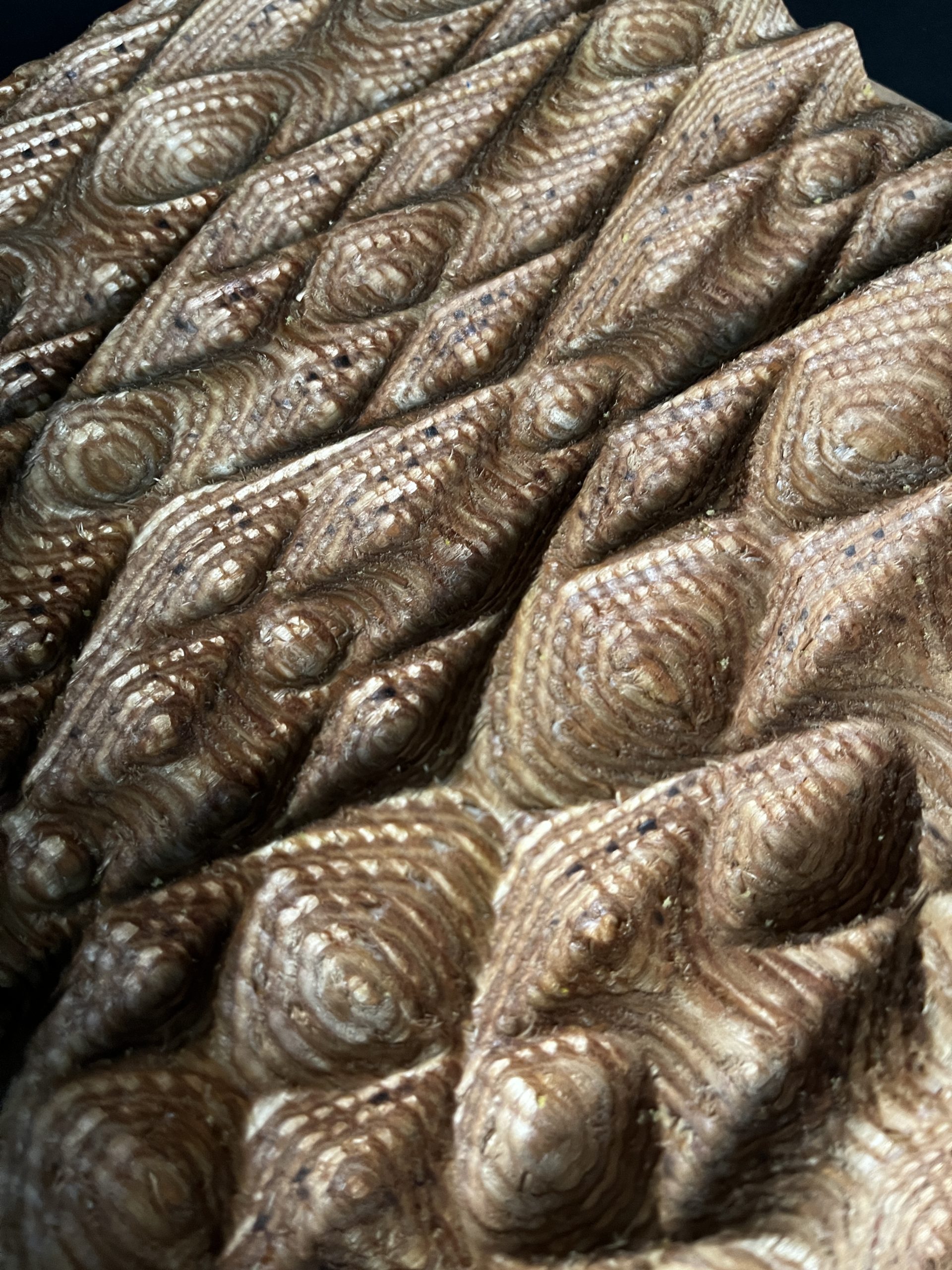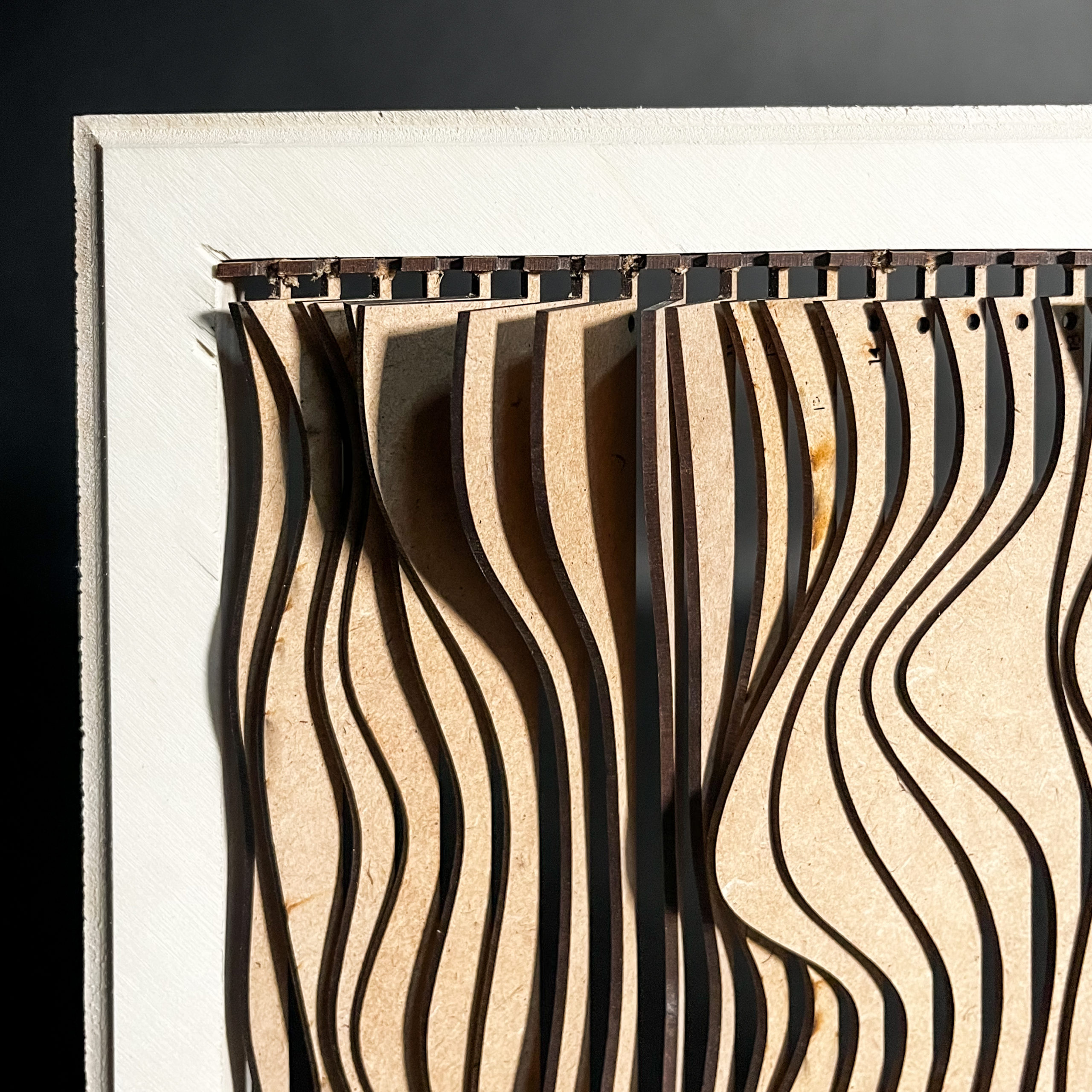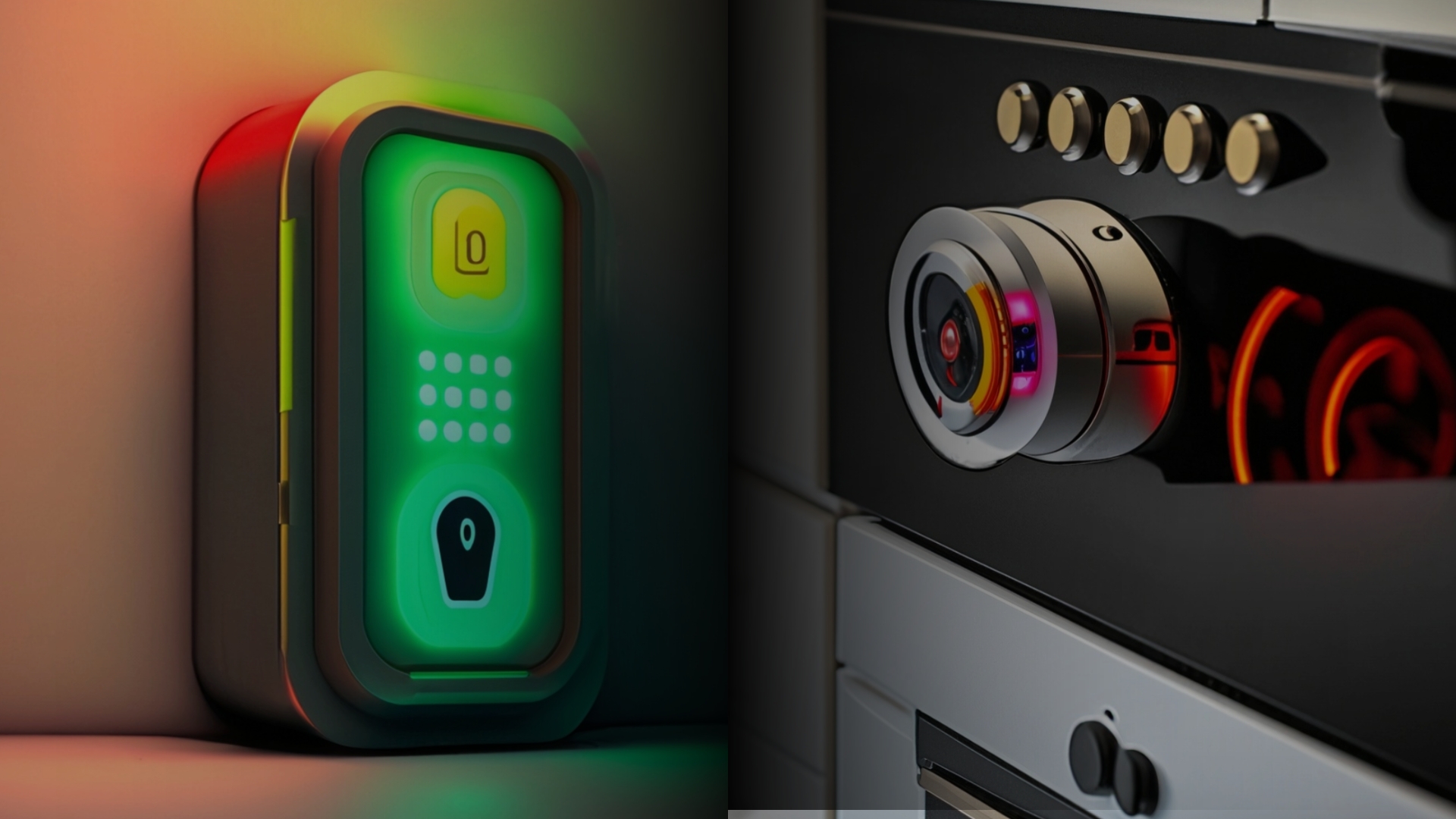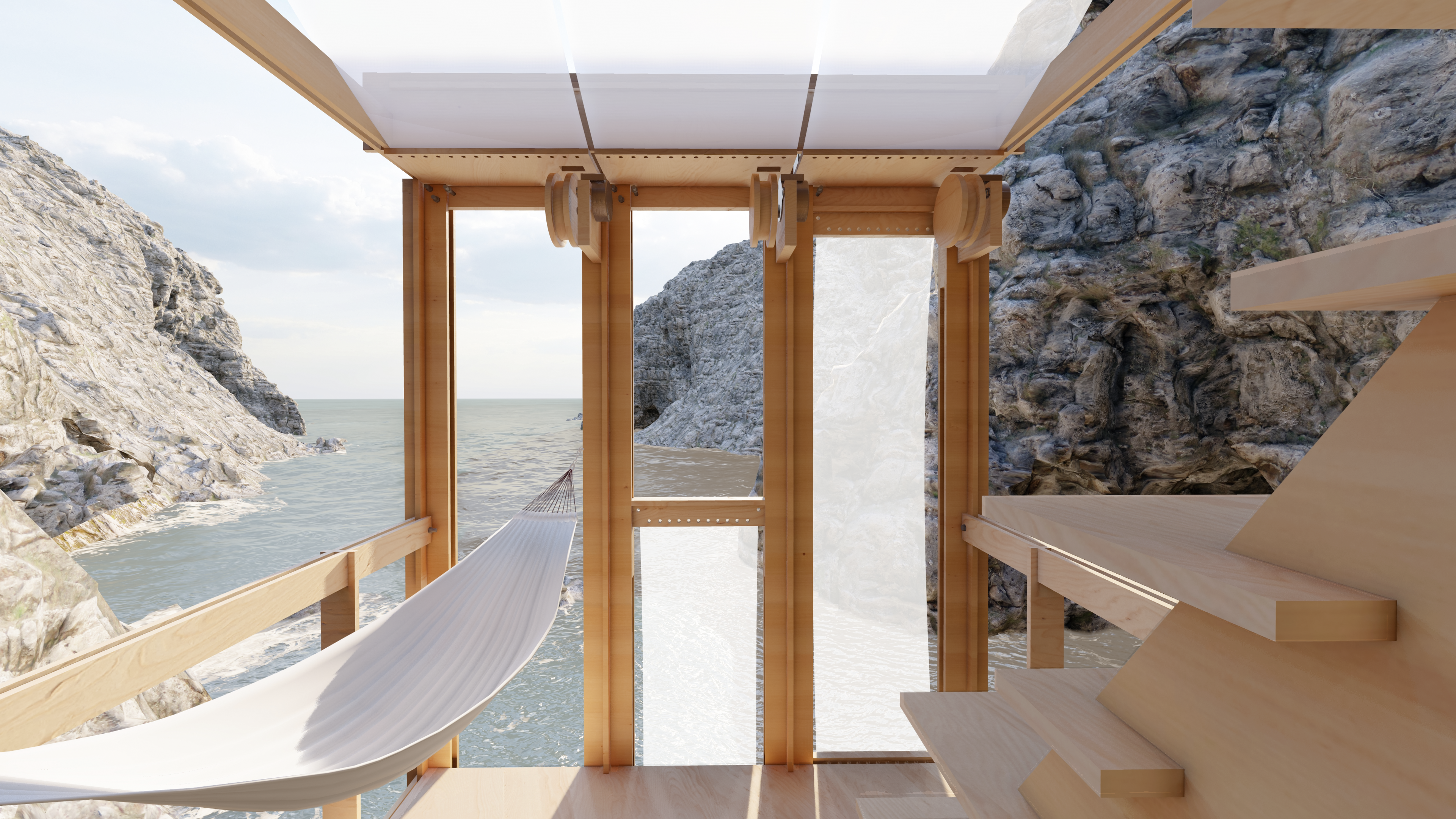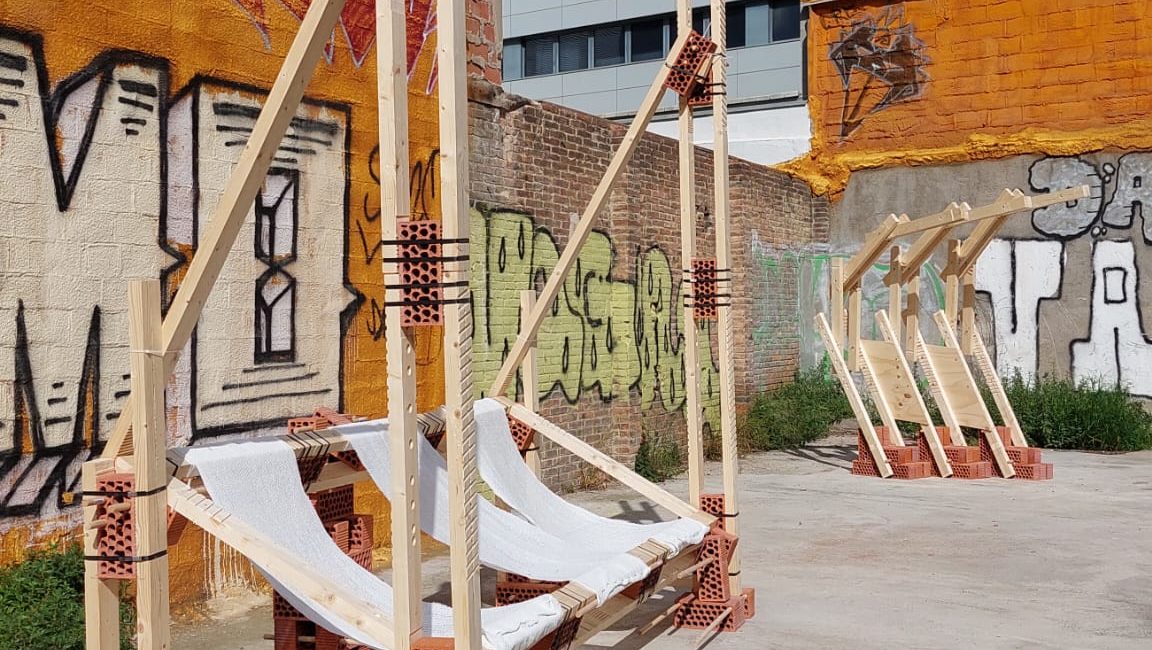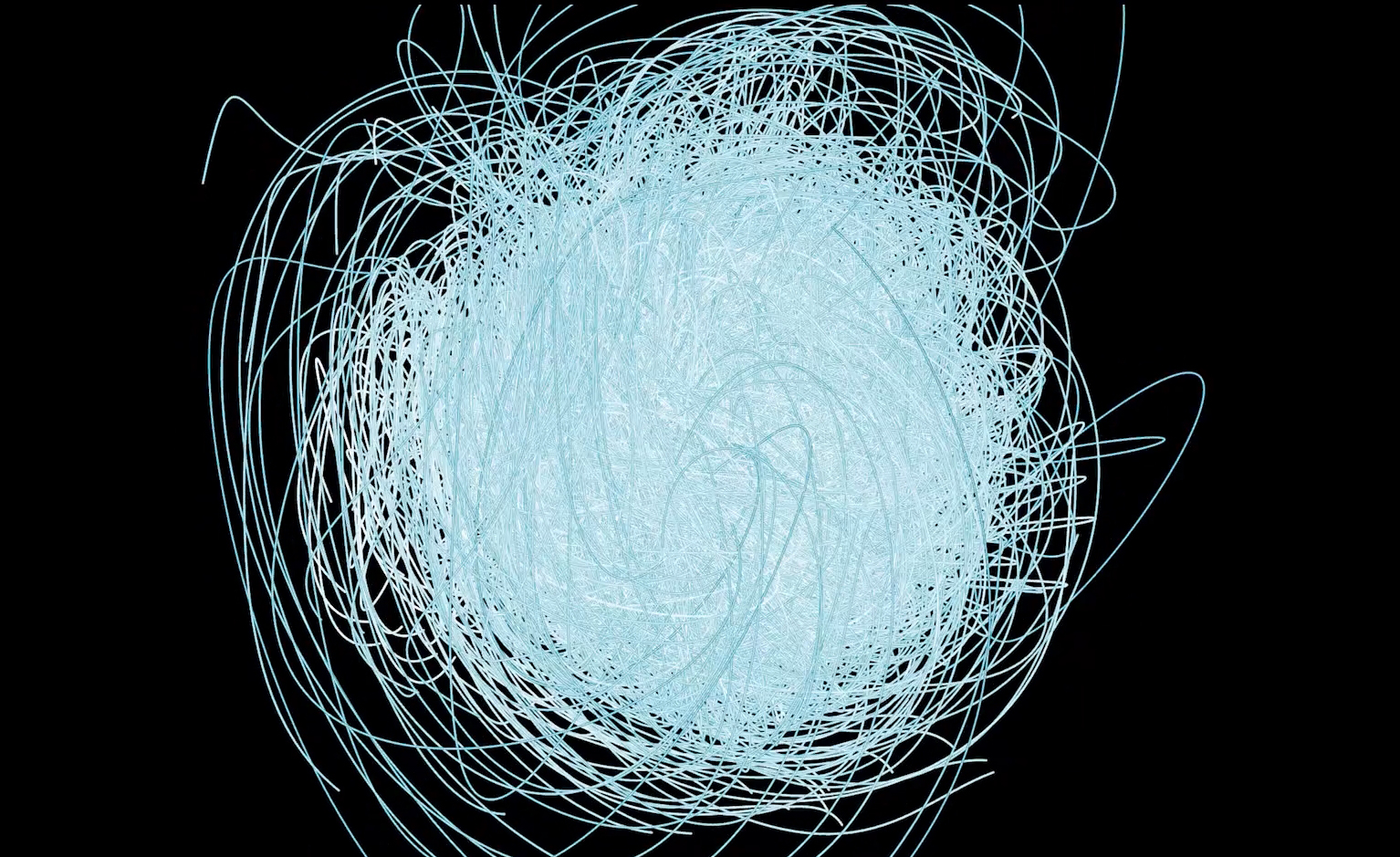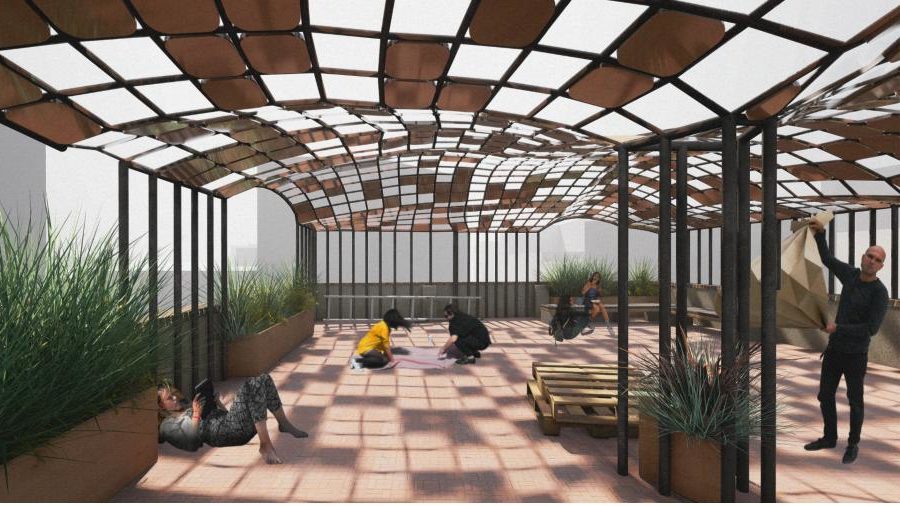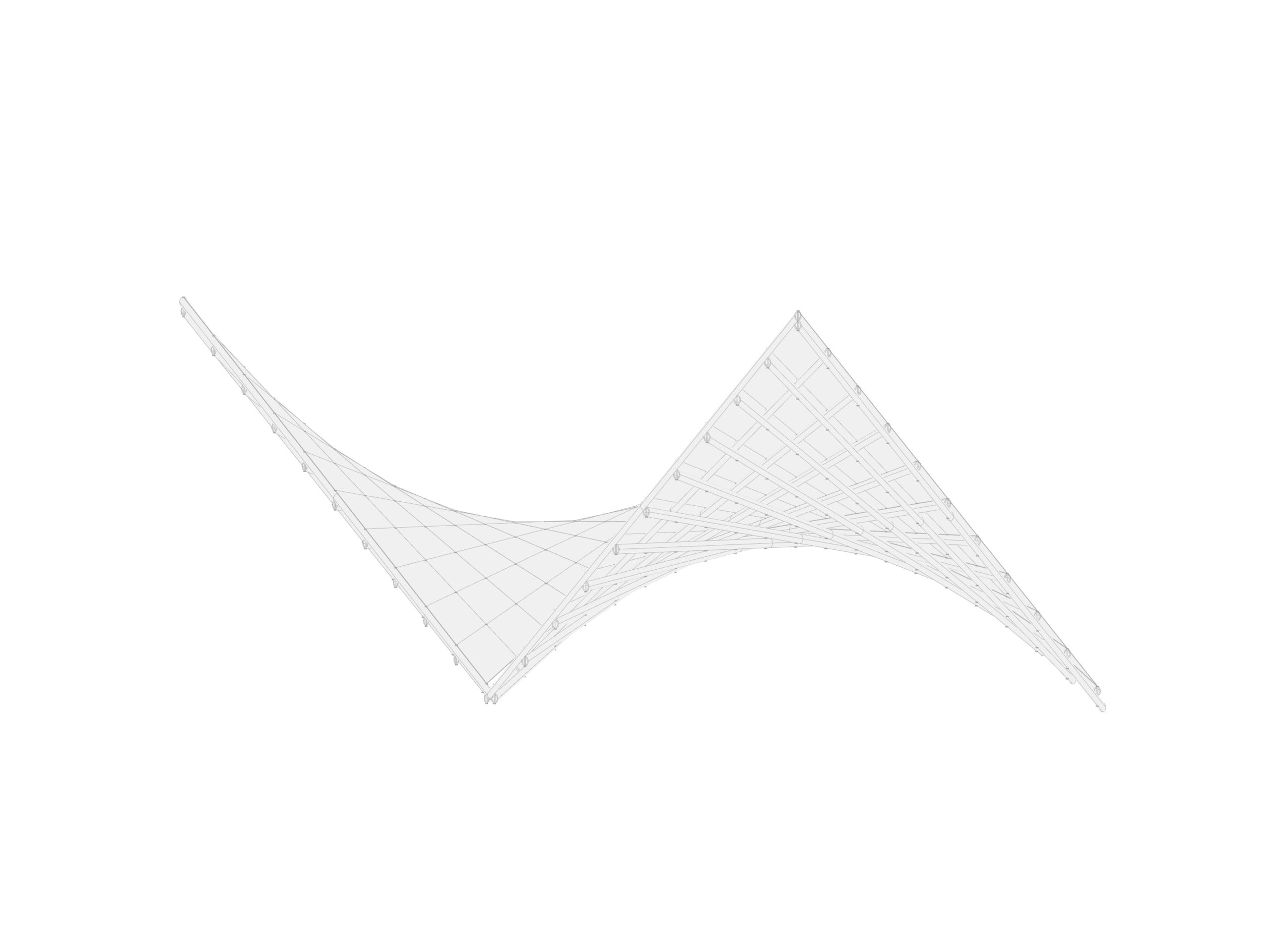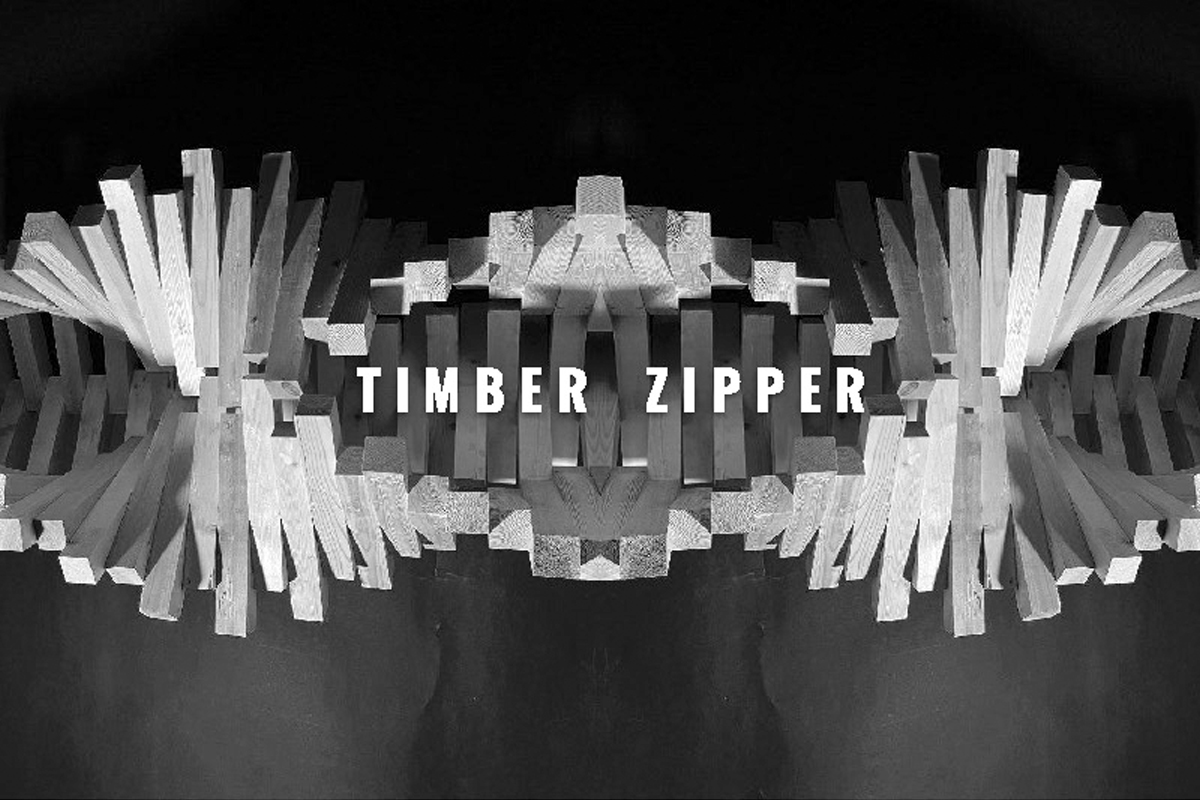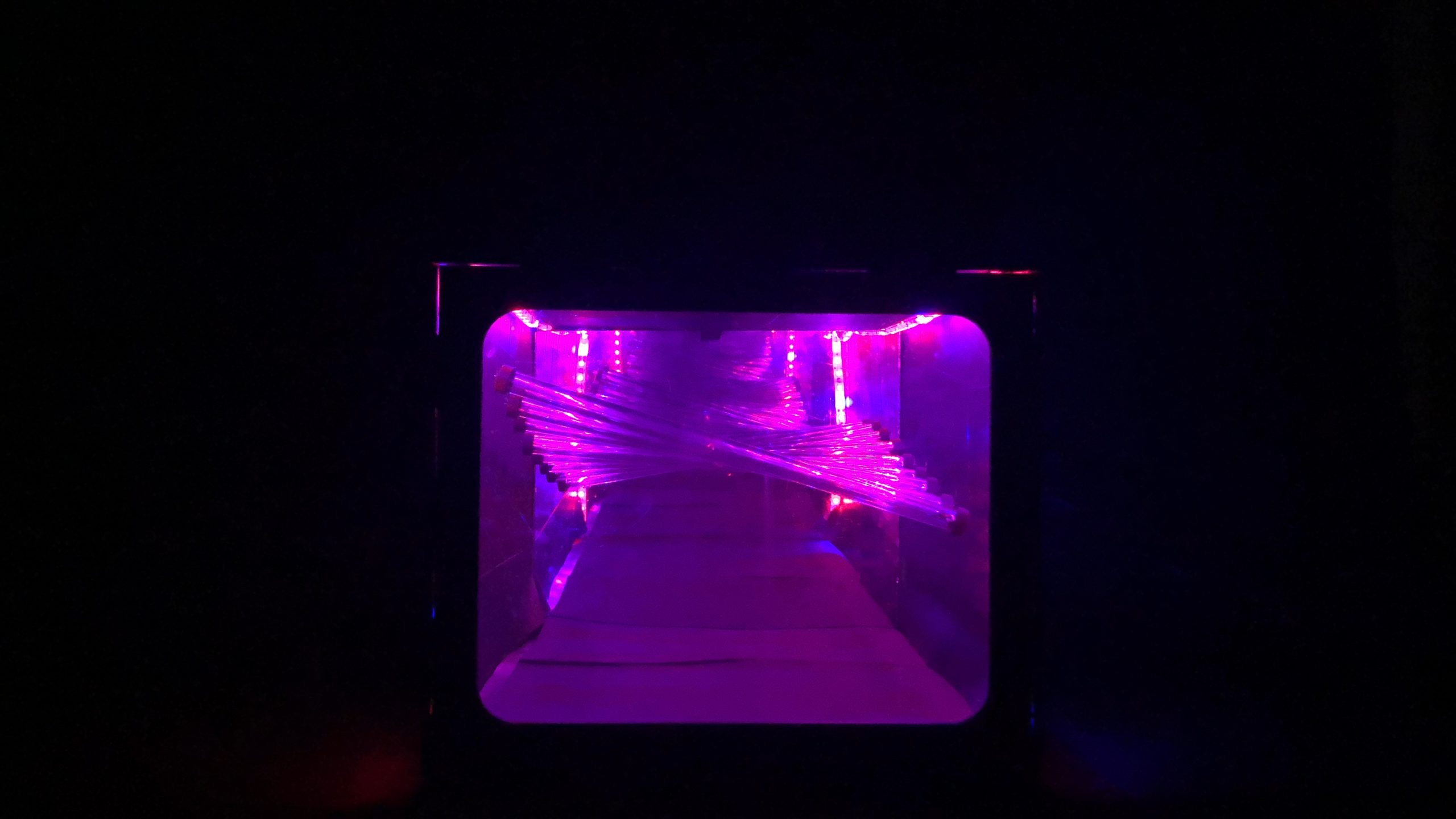VERTICAL SYSTEMS
Over the span of the Digital Fabrication course, we actively explored and examined the possibilities and constraints inherent in the three fabrication methodologies concerning both design and manufacturing. Throughout this process, we conducted experiments involving various materials and machines, employing CNC Milling, Laser Cutting, and 3D Printing techniques. Our aim was to gain a comprehensive … Read more

